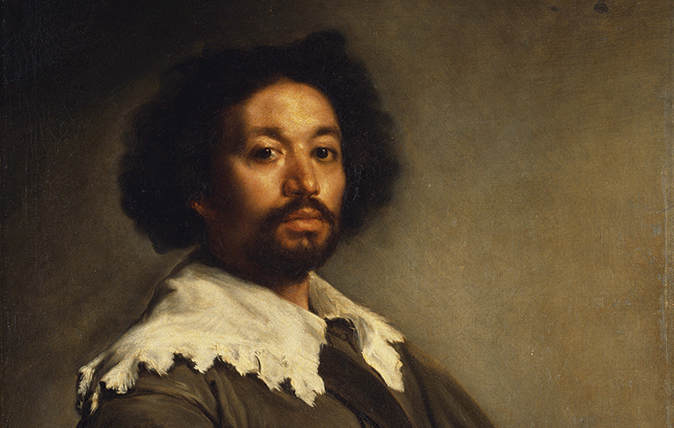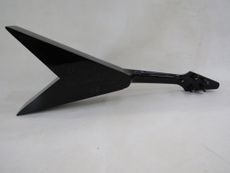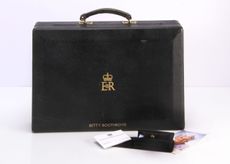The 5 sales which made Christie’s – No.5: The first million-pound picture
This month, Christie’s is celebrating its 250th anniversary. Huon Mallalieu chooses five key sales that chart the transformation of a Pall Mall auction house into a giant of the international art market.


1970: the first million-pound picture
For all that a modern auction would still be familiar to James Christie, the art market has changed almost beyond recognition during the past half century and Christie’s with it. Then, there were daily sales, sometimes two or three, in a diversity of specialist fields that are no longer regarded as profitable. Informed collecting was a game anyone could play and not simply a word used as a synonym for investment. Annual turnover was somewhere in the £20 millions.
In 1965, a New York office was tentatively opened. The first telephone bid was accepted in 1968. In the following year, a sale was held in Tokyo and, on November 27, 1970, the sale of one painting changed the way that the art market was perceived. Velázquez’s sublime Juan de Pareja, painted in 1650, had visited Christie’s twice before: first in 1801, when it was sold for 39 guineas from Sir William Hamilton’s collection, and again in 1966, when, lent by the Earl of Radnor, it was the star of the bicentennial exhibition.
The auction record for any work of art had stood at £821,482 since 1961 (when Rembrandt’s Aristotle Contemplating the Bust of Homer was bought by the Metropolitan Museum in New York), so when one of the greatest masterpieces in British hands came in for sale, speculation was intense far beyond the art world—could this be the first £1 million picture?
I can still remember the tension in the crowd of Christie’s colleagues crushed in the doorway behind the rostrum and the unruffled suavity with which Patrick Lindsay bought the hammer down at 2,200,000 guineas (roughly £32 million today). The purchaser was Wildenstein, acting on behalf of the Metropolitan Museum. After that, the floodgates opened and ever more million markers were exceeded.
I doubt that the tension felt by the onlookers at Rockefeller Plaza almost exactly 46 years later was any greater than ours, although Jussi Pylkkänen’s demeanour was as composed as Lindsay’s had been.
- - -
Between 1969 and 1973, Huon Mallalieu worked at Christie’s in the English watercolours and prints department. Christie’s anniversary is the subject of a new book, “Going Once: 250 Years of Culture, Taste and Collecting at Christie’s”, published by Phaidon.
Sign up for the Country Life Newsletter
Exquisite houses, the beauty of Nature, and how to get the most from your life, straight to your inbox.
Bringing the quintessential English rural idle to life via interiors, food and drink, property and more Country Life’s travel content offers a window into the stunning scenery, imposing stately homes and quaint villages which make the UK’s countryside some of the most visited in the world.
-
 The real name of a 'ghost' rainbow, the first ever omnishambles, and golf on the moon: Country Life Quiz of the Day 20 February 2025
The real name of a 'ghost' rainbow, the first ever omnishambles, and golf on the moon: Country Life Quiz of the Day 20 February 2025Some real brainteasers for you in our Quiz of the Day. Good luck!
By Toby Keel Published
-
 Tom Parker Bowles's favourite recipe: French onion soup
Tom Parker Bowles's favourite recipe: French onion soupThis dish is no mere Gallic broth, rather pure bonhomie in a bowl — a boozy, beefy, allium-scented masterpiece that cries out for the chill depths of winter
By Tom Parker Bowles Published
-
 Churchill's dentures, Bruno's boxing glove and Hurst's boot: The strangest auction in the Cotswolds is imminent
Churchill's dentures, Bruno's boxing glove and Hurst's boot: The strangest auction in the Cotswolds is imminentThe Cotswold Auction Company's February 6 sale features some surprising lots from the Second World War, the world of sport and many many stamps.
By James Fisher Published
-
 A dispatch box, a bottle of whisky and some frogs — estate of Baroness Betty Boothroyd going under the hammer
A dispatch box, a bottle of whisky and some frogs — estate of Baroness Betty Boothroyd going under the hammerItems belonging to the first female Speaker of the House of Commons will be auctioned off for charity next week
By James Fisher Published
-
 Jean-Michel Basquiat painting goes under hammer for $110.5 million
Jean-Michel Basquiat painting goes under hammer for $110.5 millionBasquiat was 21 years old and still a relative unknown when he painted this piece.
By Toby Keel Published
-
 Scarfe’s biting satire to go under the hammer at Sotheby’s
Scarfe’s biting satire to go under the hammer at Sotheby’sA selection of cartoons by satirical cartoonist Gerald Scarfe are going under the hammer at Sotheby's.
By Country Life Published
-
 Sotheby’s experts to appraise your antiques during Meissen event at Cliveden
Sotheby’s experts to appraise your antiques during Meissen event at ClivedenA team of experts from Sotheby's will be giving appraisals of antiques during an event organised by porcelain maker Meissen at the beautiful Cliveden House.
By Toby Keel Published
-
 Long-neglected ‘copy’ turns out to be original Stubbs worth £750,000
Long-neglected ‘copy’ turns out to be original Stubbs worth £750,000Gallery owner Archie Parker thought something was amiss when he came across this painting in an online sale catalogue, and he flew to New York to play out his hunch. It paid off.
By Toby Keel Published
-
 Constable ‘added rainbow after his masterpiece first went on display’
Constable ‘added rainbow after his masterpiece first went on display’One of Britain's greatest-ever artists apparently touched up one of his most famous works to mark the death of a close friend.
By Toby Keel Published
-
 Princess Eugenie helps boost Children & the Arts charity auction at Christie’s
Princess Eugenie helps boost Children & the Arts charity auction at Christie’sThe princess has helped secure donations of works, and has given her patronage to the sale helping a charity which she says has left her "truly inspired".
By Country Life Published